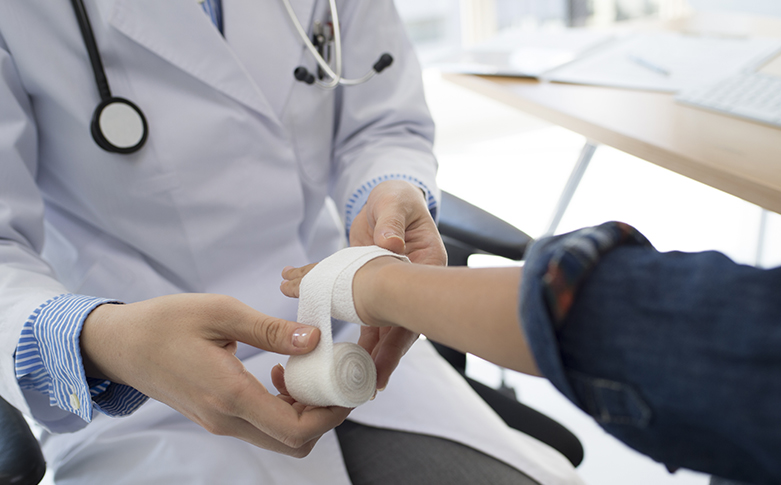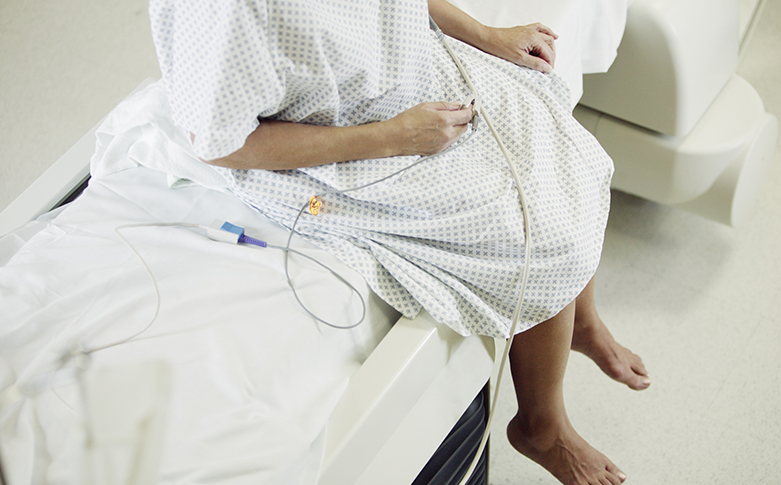What’s it really like to be a nurse? The inspiring film “A Nurse I Am” answers that question by featuring four compassionate, caring nurse role models who are deeply committed to their patients and profession.
Every year, Cherokee Uniforms holds a scholarship program based on the film. Entrants are asked to write an essay in response to “A Nurse I Am,” and the 10 winners each receive a $2000 scholarship to put toward their nursing education. Here’s one of the winning essays.
My hopes for my nursing future
Nurse Ardis asked a very simple question that I think absolutely contributed to her patient’s satisfaction, well-being, and safety. She asked, “Is there anything else I can do for you?” with a tone of sincerity and concern. The patient appeared depressed and answered “no,” but I think many nurses overlook the opportunity to allow patients to speak for themselves.
I also appreciated this question because it reminded me of the privilege it will be to serve other people as their nurse. Patients allow their nurses to become privy to their most intimate secrets, deepest fears, and smallest hopes. I think this open-ended question allows the patient a great deal of freedom and is an opportunity to facilitate open communication.
I think patients would be more satisfied if they were asked this question more regularly. In doing so, Nurse Ardis demonstrated that she was genuinely concerned and was truly interested in what the patient had to say, which I feel makes an excellent nurse. If a patient is comfortable enough to speak up about their issues, the nurse may also be able to provide a safer environment of care for them.
I also felt that Nurse Practitioner Mona made a very important point by stating, “If you listen…the patient will tell you what’s wrong with them.” Oftentimes, nurses and physicians jump to conclusions and think they know what a patient’s problem is without really asking for the patient’s input. It would really make healthcare providers’ jobs so much easier if they actively listened to what their patients are saying.
Mona made a point that the patient probably will not use the exact correct medical terminology to convey what the issue is, but a skilled nurse will be able to interpret what is being said and deliver appropriate care. Again, this point reinforces what Nurse Ardis had done – allow for very open channels of communication with patients. I think this is truly one of the most important skills a nurse can have.
Mona also contributed to her patient’s overall well-being and satisfaction by simply sitting on a porch swing with an older woman and looking at a photo album with her. Those quiet moments demonstrated a powerful bond and a respectful relationship in which I feel confident that the patient would speak up and tell Mona about any issues. Mona had to press her for information but didn’t give up, even when the patient seemed hesitant to say more. She wanted to make sure the patient was safe in her home.
I plan to provide my patients with excellent care and a positive healthcare experience by treating them each as a person, rather than just a patient. This distinction wasn’t something that I understood until I started nursing school. So often in the medical culture we hear about the list of symptoms, the medications, the diseases, and so many more technical terms. I think the person at the heart of this can sometimes get lost. If I can remember that person underneath all of the jargon, and keep in mind their fears, hopes and personal history, I think I can at least begin to provide excellent care and a positive healthcare experience.
My mother is a nurse and provided some insightful yet simple feedback – she told me that before touching the patient or trying to figure out what is wrong, simply stand back and look at them. We can garner much information this way, and I want to be able to employ this “big-picture” practice.
With that being said, I want to be able to explain things to my patients in terms that they will understand. I think that patients are often overwhelmed and do not speak up when they don’t understand the actual words used when others are discussing their conditions. In my current nursing program, we talk frequently about therapeutic communication. In my career before nursing, I understood this as “active listening.”
I want to create a place where patients feel they can speak up, where they feel less intimidated by all the equipment, and where they can incorporate their families into the overall recovery process. I feel that NP Mona’s statement above ties into my desire to be an active listener, or therapeutic communicator, as a nurse. I want to be sure to say “thank you” to my patients. I want to be sure I hear the things that they don’t actually say.
By Natalie Adams
Read more inspiring essays by the 2012 winners of A Nurse I Am Scholarship Program here.

Caption:Â Natalie Adams–Duke University School of Nursing
Sponsored by Cherokee Uniforms


















